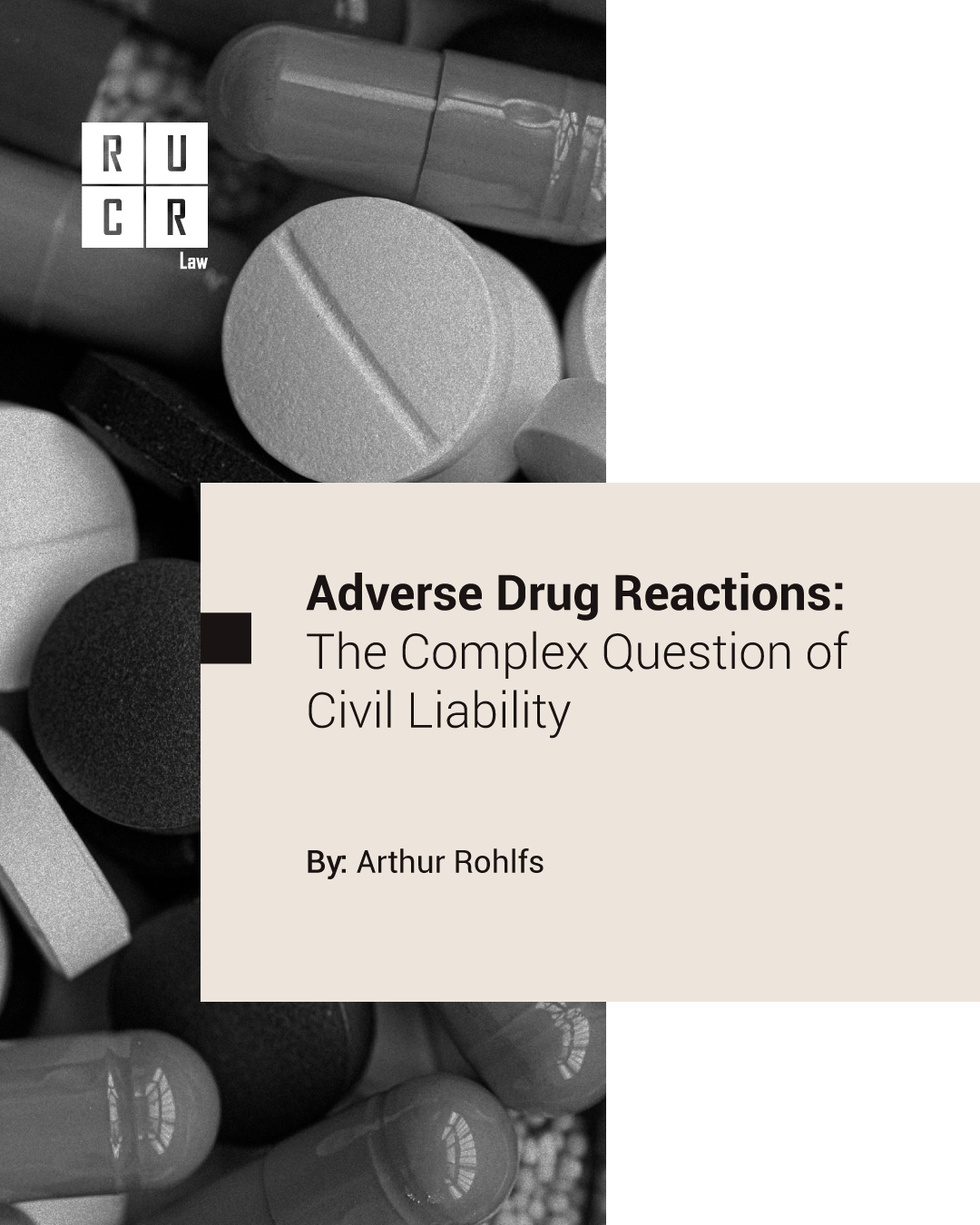
Five considerations when negotiating international contracts for Brazilian companies
Negotiating international contracts represents a significant challenge for Brazilian companies seeking to expand their businesses into foreign markets. In addition to facing the complexities of adapting to local regulations, companies must deal with cultural, financial, and operational issues, requiring a careful and strategic approach. With the growing globalization and the intensification of transnational transactions, contracting services, exporting and importing goods has become increasingly common, making it essential to ensure clarity and objectivity in contracts signed with foreign companies. This not only ensures the transparency of the agreement but also minimizes potential conflicts and preserves the rights of the Brazilian company.
Therefore, five essential points must be observed when negotiating international contracts for Brazilian companies:
1) Verifying the legitimacy of the foreign company: it is crucial to confirm the legal existence of the partner company, its correct formation, the representatives, and their negotiation powers. Without this verification, a signed contract may be invalid. Government agencies and local chambers of commerce can be valuable allies in this process.
2) Protection against exchange rate fluctuations: currency fluctuations can affect the viability of a contract, so it is important to consider legal and financial instruments to mitigate this risk, depending on the type of contract.
3) Contractual guarantees: due to the unpredictable nature of international markets, it is essential to include guarantee clauses, such as performance, reimbursement, or penalty clauses, to protect against financial and operational risks. Additionally, the method of enforcing these guarantees should be detailed in the contract.
4) Choice of contract execution location: determining where contractual obligations will be fulfilled directly impacts logistical, legal, and financial issues. Local legislation can influence contract interpretation and dispute resolution, making careful selection essential.
5) Progressive conflict resolution: a well-drafted international contract should provide for a graduated strategy for resolving conflicts, starting with negotiation, moving to mediation, and ultimately arbitration if necessary. This approach facilitates quick and less bureaucratic dispute resolution, which is crucial for transnational contracts.
Therefore, the careful negotiation and drafting of international contracts are crucial to avoid future litigation and misunderstandings regarding contract clauses, allowing the company to focus on its main objective: the development and growth of its business.
By: Ana Tereza Andrade

ARE PHARMACEUTICAL COMPANIES LIABLE FOR DAMAGES TO CONSUMERS CAUSED BY ADVERSE DRUG EFFECTS?
Civil liability of pharmaceutical companies for drug side effects is a highly controversial topic that often leads to debate in the Courts.
Analysing three precedents from the STJ (Superior Court of Justice) on the topic over the past seven years (REsp 1.599.405/SP, REsp 1.402.929/DF, and REsp 1.599.405/SP), a relatively safe pattern can be discerned regarding how the issue is perceived by our Higher Courts.
It appears that, as a rule, if the side effects are normal to the nature of the medicine and predictable to the consumer, the pharmaceutical company would be exempt from civil liability. Otherwise, there would be such liability.
According to the STJ, predictability would generally be assumed when there is sufficient information about this risk, which in practice occurs with its inclusion in the leaflet. In other words, it is understood that if it is listed in the leaflet, the pharmaceutical company could not be held liable because the consumer could foresee its occurrence.
However, this is one of the most relevant aspects for the Court: if it is not listed in the leaflet (because it was discovered later, for example), the pharmaceutical company must necessarily fulfil its duty to inform the consumer in other equally effective ways (warning to authorities, widespread advertisements, etc.). If it does not do this, the company would be civilly liable for consumer damages, because it is understood that the consumer’s right to choose was violated by not knowing about the risks. And this even if there could be a delay in the administrative request to update the leaflet with ANVISA.
On the other hand, even if it was not possible to foresee the occurrence of that side effect at the time the medicine was marketed (even due to scientific limitations), the pharmaceutical company would still be responsible if the consumer was not informed about the risk. This is a controversial point and still prompts several discussions, but it was the understanding adopted in a ruling by the 3rd Panel of the STJ (REsp 1.599.405/SP).
In any case, there is an important caveat: listing the side effect in the leaflet is not enough to it become predictable, as is often generalized. It is required that the adverse effect be considered normal, that is, it is not specific to a particular medicine, and that it does not raise doubts whether the product is defective in its formulation. In other words, a side effect is normal when it is equally seen in medicines of the same kind and when there is no concrete measure that can be taken by the pharmaceutical company to prevent or stop its occurrence.
Therefore, it is extremely important that pharmaceutical companies rigorously follow the drug development process. After all, it is during the clinical trial phases that these possible side effects can be investigated to enable not only the correction of the problem – when this is possible – but also, when it is not possible, to facilitate its prediction in the leaflet, so that the company can be safeguarded itself from potential liability.
Nevertheless, as there are positions that allow exceptions or even changes over the years, it is always important to have a qualified legal team to know how the Courts are addressing the matter. Only by having access to concrete, specific and current guidance can the risks involved in drug development be mitigated.
